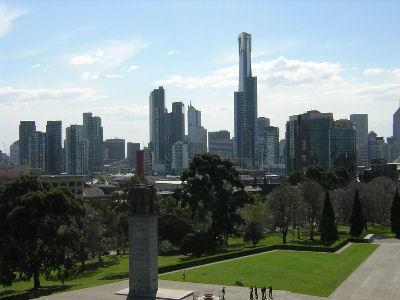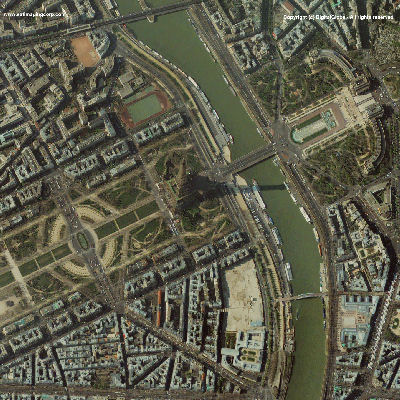5. Urban Planning
Urban evolution and planning
Though 60 to 70% of people in developing countries live in rural areas, half the total world population now lives in urban areas, drawing their food and natural resources from the surrounding rural areas. By 2015 there will be 23 cities, with more than 10 million people, 19 of which will be in developing countries. It has been estimated that more than five billion people will be living in urban areas by 2025 and that 80% of these will be residents of cities in less developed countries.
Question:
Why do you think people move to urban areas?
This growth places ever greater pressure on the environment. It is anticipated that the impacts of this growth will be particularly marked in megacities with a population of at least five million. Currently 41 cities in the world fall into this category. However it should not be forgotten that there are also thousands of rapidly growing smaller cities throughout the less developed world.
The challenges facing urban managers are numerous and include: demographic pressure; inadequate infrastructures; inadequate resources for service delivery and planning; conflicting interests between groups and the contradicting priorities of economic development; ecological sustainability and community quality of life. The inability to effectively manage these related challenges is rapidly increasing the human risks associated with poor housing conditions, uncollected solid waste, over-consumption of limited freshwater supplies, untreated waste water and urban air pollution.
The increasing urbanisation of the world's population is inescapable and irreversible. Traditional approaches and techniques designed for town and cities may turn out to be inadequate tools to deal with metropolises. This goes to show that it is necessary and fundamental for policy makers to make technologies like GIS and Remote Sensing imperative for the urban planning.


